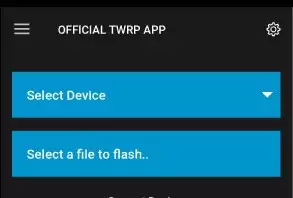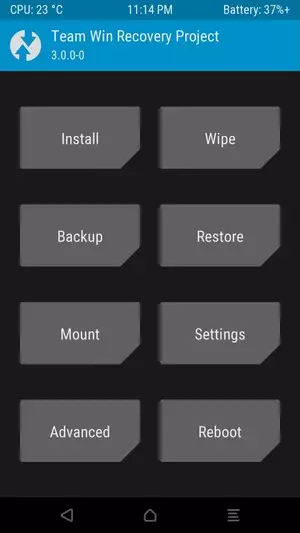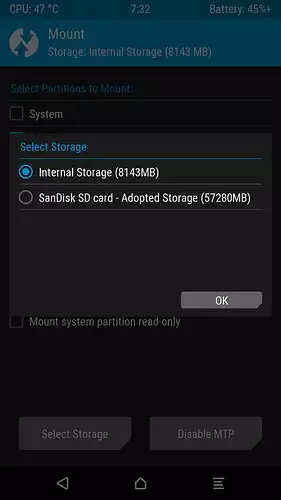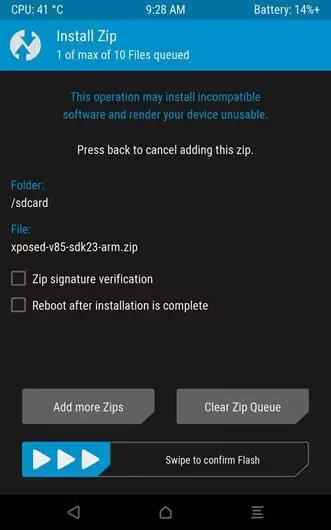Flash firmware on Ginzzu S4030
Mobiles >> Ginzzu >> Ginzzu S4030| Specifications | Reviews | Secret codes |
| Unlock phone | Root phone |
| Backup | Flash Firmware | Screenshot |
| Hard Reset |
How to flash Ginzzu S4030?
Why reinstall the firmware?
Errors constantly appear in the Android OS.
Some installed applications stop opening.
Many applications from the Play Market do not start.
The phone restarts by itself for no reason.
The phone began to slow down a lot.
You are not satisfied with the possibilities of the stock firmware.
Where can I find the firmware?
On the official website of the phone manufacturer.
On Internet resources where users post custom or official OS.
What should be done before installing the firmware?
Create a backup copy of user data and transfer it to your computer.
Insert your SD card into your phone. An SD card is needed to write firmware to it.
Determine your smartphone model.
Fully charge your phone. If the battery runs out during boot, the device will no longer turn on.
Download archive with Firmware.
Installing TWRP Recovery
Install the Official TWRP App from the Play Store on your phone. And run this application.
When you start the application for the first time, you need to give consent to future manipulations, as well as to give consent to granting the application Superuser rights and click the 'OK' button.
On the next screen, select 'TWRP FLASH' and give the application root rights.

On the main screen of the application, click 'Select Device', and select your phone model.
After selecting a device, the program redirects the user to a web page to download the corresponding image file of the modified recovery environment. Download the suggested *.img file.
After downloading the image file, return to the main screen of the Official TWRP App and press the 'Select a file to flash' button. Then we tell the program the path where the file loaded in the previous step is located.
Click the 'FLASH TO RECOVERY' button and confirm your choice, click 'OK' in the question window.
When the message 'Flash Completed Succsessfuly!' appears. Click 'OK'. The TWRP installation procedure can be considered complete.
Copy the necessary files to the SD memory card. Using a PC or laptop card reader.
Insert a SD memory card into the phone.
To reboot into recovery, you need to enter the menu accessible by pressing the button with three stripes in the upper left corner of the main screen of the application. Select 'Reboot' and then click on the 'REBOOT RECOVERY' button.
Firmware via TWRP

Before flashing, you need to delete all user data from the phone, this will avoid errors in the software, as well as other problems. Press 'WIPE' on the home screen.
You can start flashing. Click the 'Install' button.

The file selection screen appears. At the very top is the 'Storage' button, select the location where the firmware file is located.
Select the location where you copied the files.

Select the firmware file and click on it. A screen opens with a warning about possible negative consequences, as well as the item 'Zip signature verification'. This item should be checked by placing a cross in the check-box, which will avoid using damaged files when writing to the phone's memory sections.
The procedure for flashing the phone will begin, this is accompanied by the appearance of inscriptions in the log field and the movement of the progress bar.
After the firmware installation procedure is completed, the 'Successful' message appears on the screen.
Summary: Type: smartphone; Band: 3G (UMTS), GSM 900, GSM 1800, GSM 1900; Platform: Android; Operating system: Android 5.1; Processor: Spreadtrum SC7731; Number of processor cores: 4; CPU frequency: 1 200 MHz; Graphics processor: Mali-400 MP2; RAM: 512 MB; Extendable Memory: 4 GB; Memory card slot: yes; Type of memory card: microSD (TransFlash), micro SDHC; Storage expansion: 32 GB; Dimensions (H/L/W): 124x63.3x10.4 mm; Housing material: plastic; The number of SIM-cards: 2; Multi SIM mode: alternate; Type of SIM card: Mini SIM+Micro-SIM; Navigation key: no; Fingerprint ID: no; SOS button: no; Water protection: no; Color screen: yes; Curved screen: no; Screen Type: TFT; Screen ...
Comments, questions and answers on the flash firmware Ginzzu S4030
Ask a question about Ginzzu S4030




